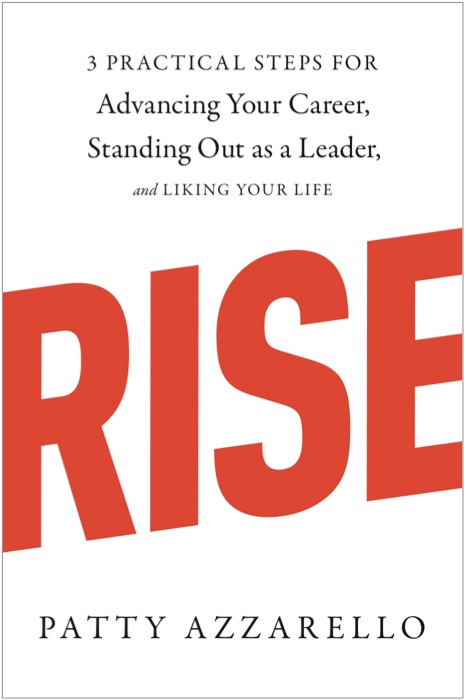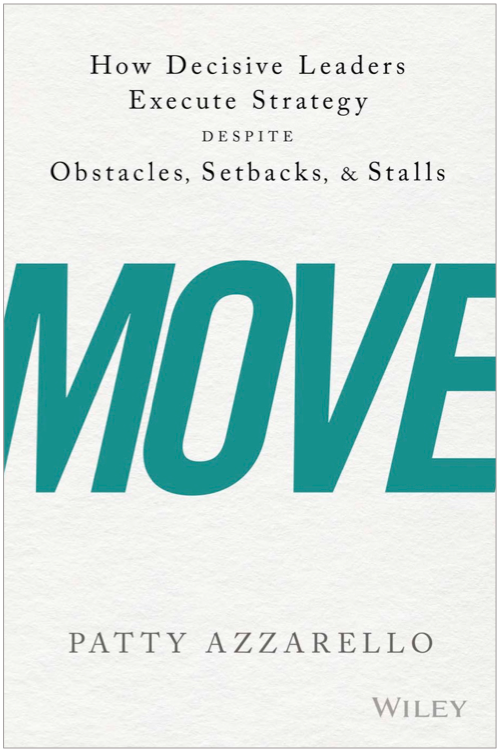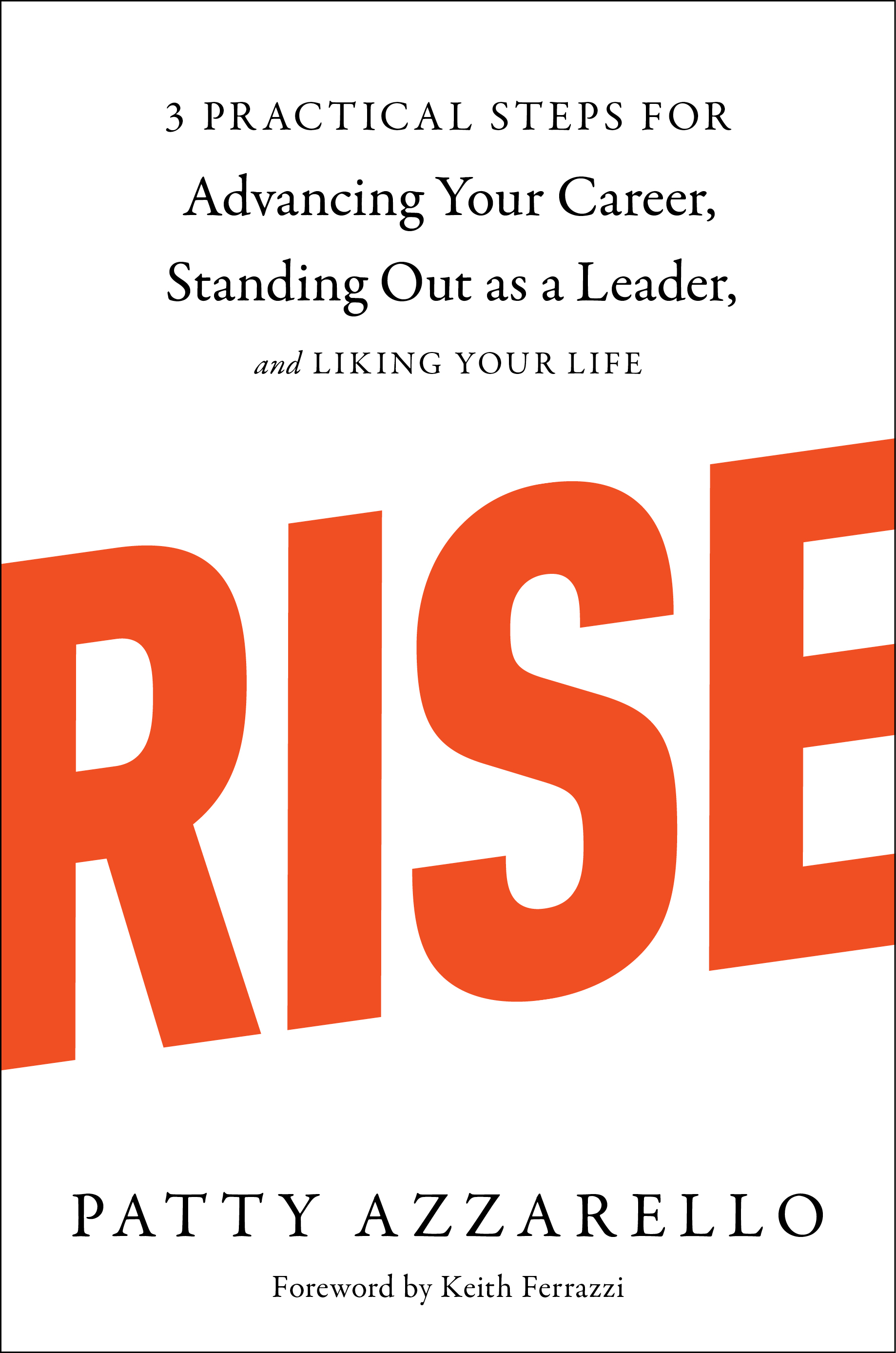Your Slides…
As an executive, your team creates all kinds of reports, spread sheets and slides…
… to plan, run, measure, and report on what you are doing in your operation.
While you need these detailed materials to run your function, please don’t inflict them on others!
Operation vs. Communication Tools
These are distinctly different things.
Your internal comprehensive plans are reports are your “Operational Tools”.
Your version may be a detailed project plan, or lengthy presentation full of charts and tables — it may come in a binder!
Your operational tools are created in what I refer to as your “inside voice” — the language you use within your team or area — a robust language full of detail, acronyms and functional jargon.
Key point: When someone outside of your function asks, “What are you doing?” Never just hand over your binder.
Why?
Because they won’t understand it, AND it will reflect badly on you.
If you use your inside voice to answer the question “What are you doing?” your response will be a bunch of complicated stuff that doesn’t make any sense, yielding the effective answer of…
…“We are doing a bunch of complicated stuff that doesn’t make any sense”.
Create new and different stuff
Know that you always need to create additional and different communication tools for your stakeholders in addition to your operational tools.
Invest the time and know the difference.
Be More Relevant
Another important point to realize is that when you are communicating outside your function, if you find yourself educating people about what you are doing, you are not relevant. Think about that.
If you have to educate. you are not relevant.
So, what is relevant?
What is relevant to your business stakeholders are the things they already understand, care and worry about.
So you need to invest the time to learn what that stuff is and then talk to them about THAT. That is how you become relevant.
Those topics, and their words describing what your stakeholders already care, about define your “outside voice”.
Then you can use their ideas and words as “the hook” for whatever you need to share about your work.
The benefit of this approach is that they are ready and eager to listen…
…because they believe themselves to be smart (and because you are now talking to them about things they think make a lot of sense) they will believe you to be a smart person who makes a lot of sense.
Translate!
Always be translating into your “outside voice” when you are communicating outside your team or function.
If you put the effort in to create a separate communication tool, you have the opportunity to not only to share valuable insights that lead to the right actions, but also…
… to take control of the messages about why your work matters.
As an example, if you are in IT, your Virtualization Project (definitely “inside voice”!), becomes:
Update on reaching new customers and markets (“outside voice”). We expanded our web self service capability in Eastern Europe. Online revenue has increased by 40% with no additional infrastructure costs.
The fact that you did it with virtualization, and a complicated website re-architecture only matters to you. Don’t lead with that. Maybe don’t even mention it. Just claim your success on what they care about. The rest is not relevant. (Unless they ask “how?”)
Never pass detail up or out
In addition to language and jargon, another dangerous element of your “inside voice” is detail.
Whatever level of detail you deal with, it is your job to never simply pass it on.
If you simply pass on the same amount of detail that you work with, you are not adding any value to the conversation or the business.
You are not moving anything forward. You are just taking up a lot of people’s time moving detail around.
Create useful Insights
You need to analyze the detail, sort through and organize it, and find the insights that are most meaningful to the business.
Then you need to translate those insights into language that the business stakeholder understands.
Then you need to create a brief, easily consumable, action-oriented communication tool.
And if they do ask…
Sometimes your stakeholders want more detail.
If they do want to know what you are doing, how you are doing it and what you are spending on it — still don’t just whip out your binder and start taking through your detailed, jargon-ridden plans in your “inside voice”.
You still need a different, brief and highly translated, relevant way to describe what you do, so the business stakeholders will understand it.
They won’t want to fund things they don’t understand.
But if you always hook your stuff to what your business stakeholders want and understand, they will want to fund you because otherwise they are shooting themselves in the foot by taking money away from things they want.
So while they may not want to fund “Virtualization and Website Re-Architecture”, they will want to fund enabling “Revenue Growth in Eastern Europe”.
So if they understand, they win, you win, and the business wins. If you stick with your inside voice and they don’t understand, everyone loses.
Do the extra work
It’s not that you should stop creating your binder full of data, you still need that to run your internal operations…. But when you report out to others – put your binder aside and invest in a new document whose sole purpose is communication.
It’s up to you to put in the extra work to create communication tools in addition to the operational tools you are already creating and using.
It’s extra work, but it’s really worth it. If you don’t do this, you are doing your group a dis-service, and reducing the amount of support and respect they get.
Was this useful?
If you found this article useful, please help me share it with others and encourage them to subscribe to this Blog for free.
About Patty
Patty Azzarello is an executive, best-selling author, speaker and CEO/Business Advisor. She became the youngest general manager at HP at the age of 33, ran a billion dollar software business at 35 and became a CEO for the first time at 38 (all without turning into a self-centered, miserable jerk)
You can find Patty at www.AzzarelloGroup.com, follow her on twitter or facebook, or read her book RISE…3 Practical Steps for Advancing Your Career, Standing Out as a Leader, AND Liking Your Life.




